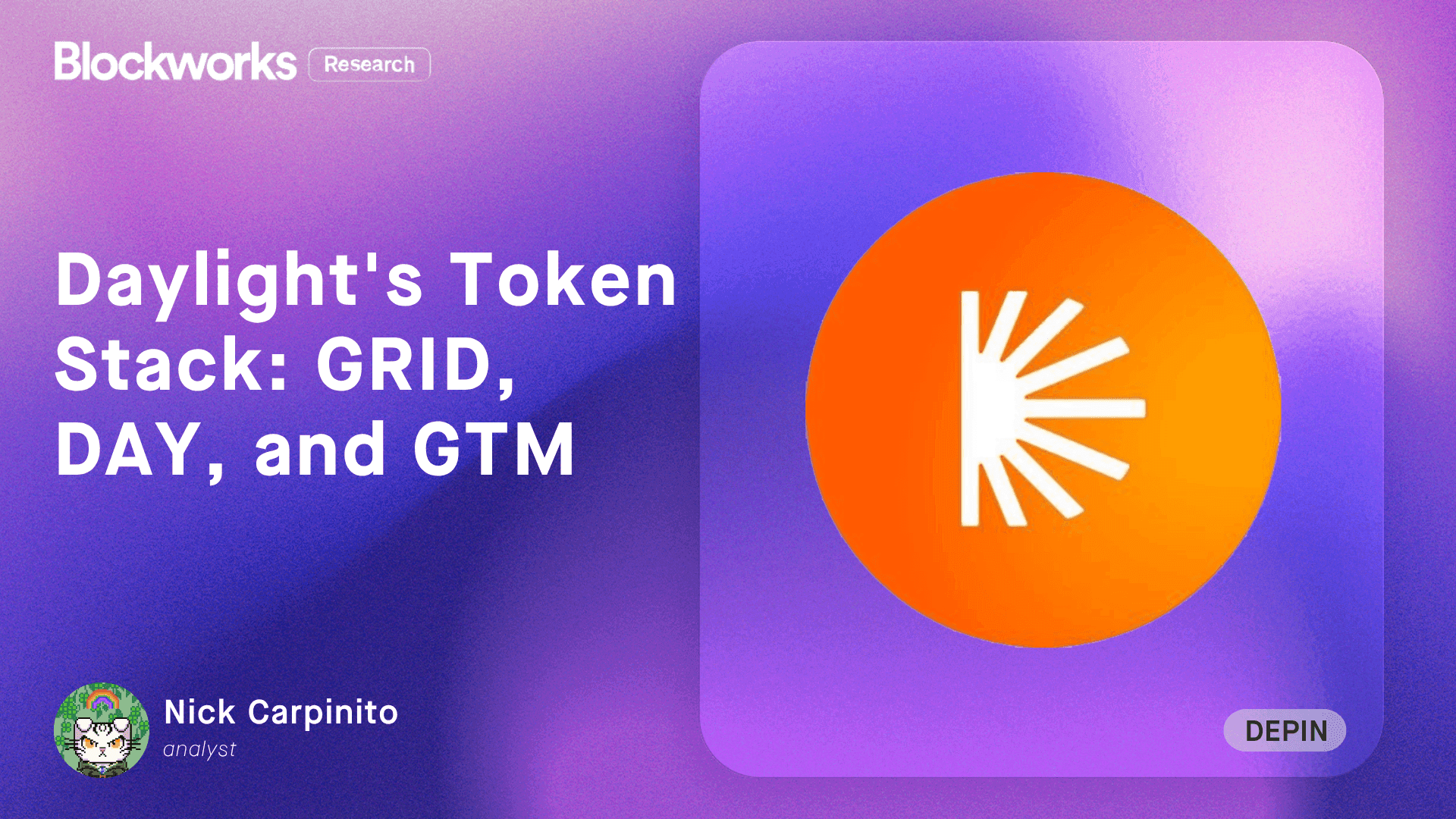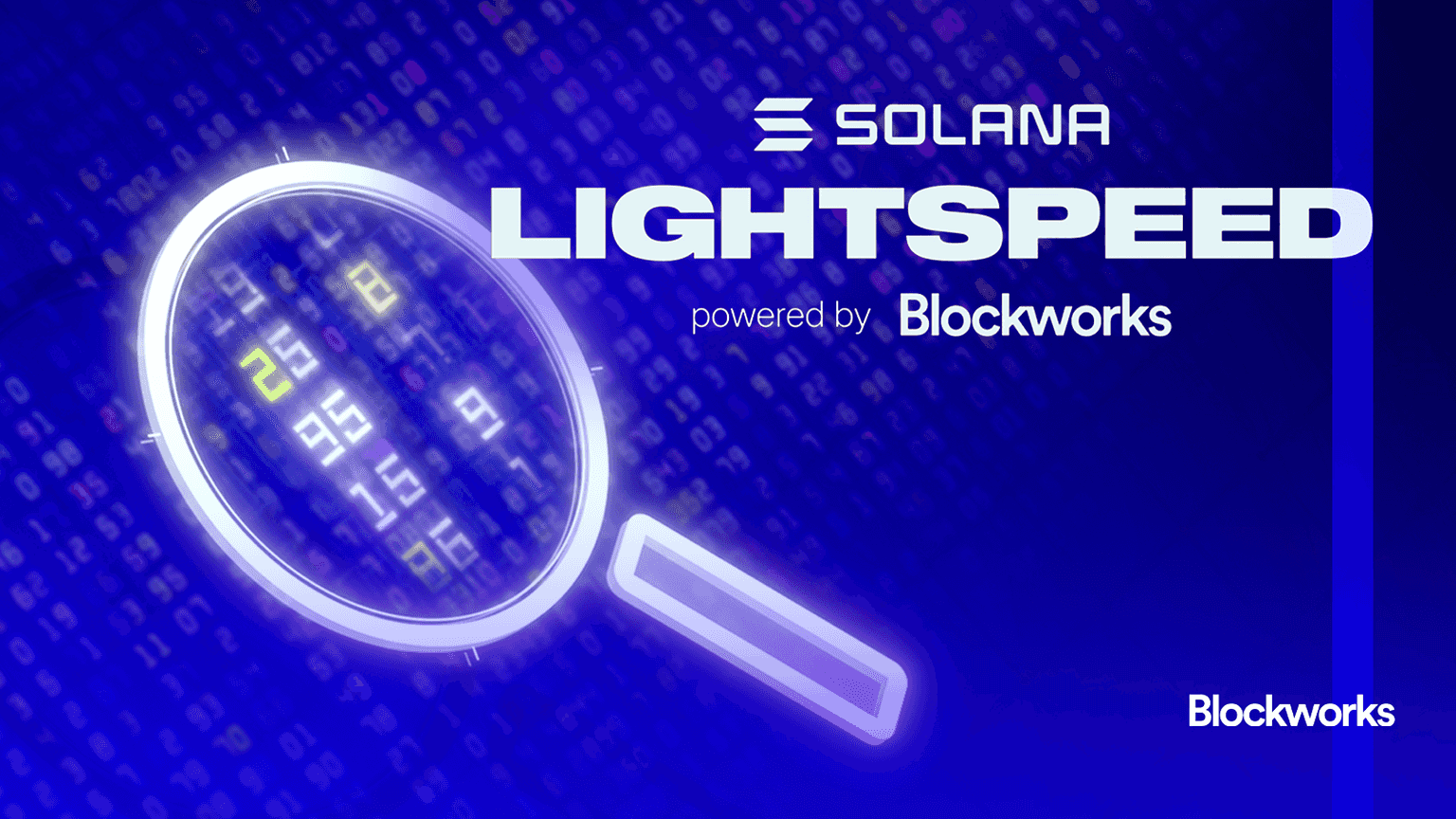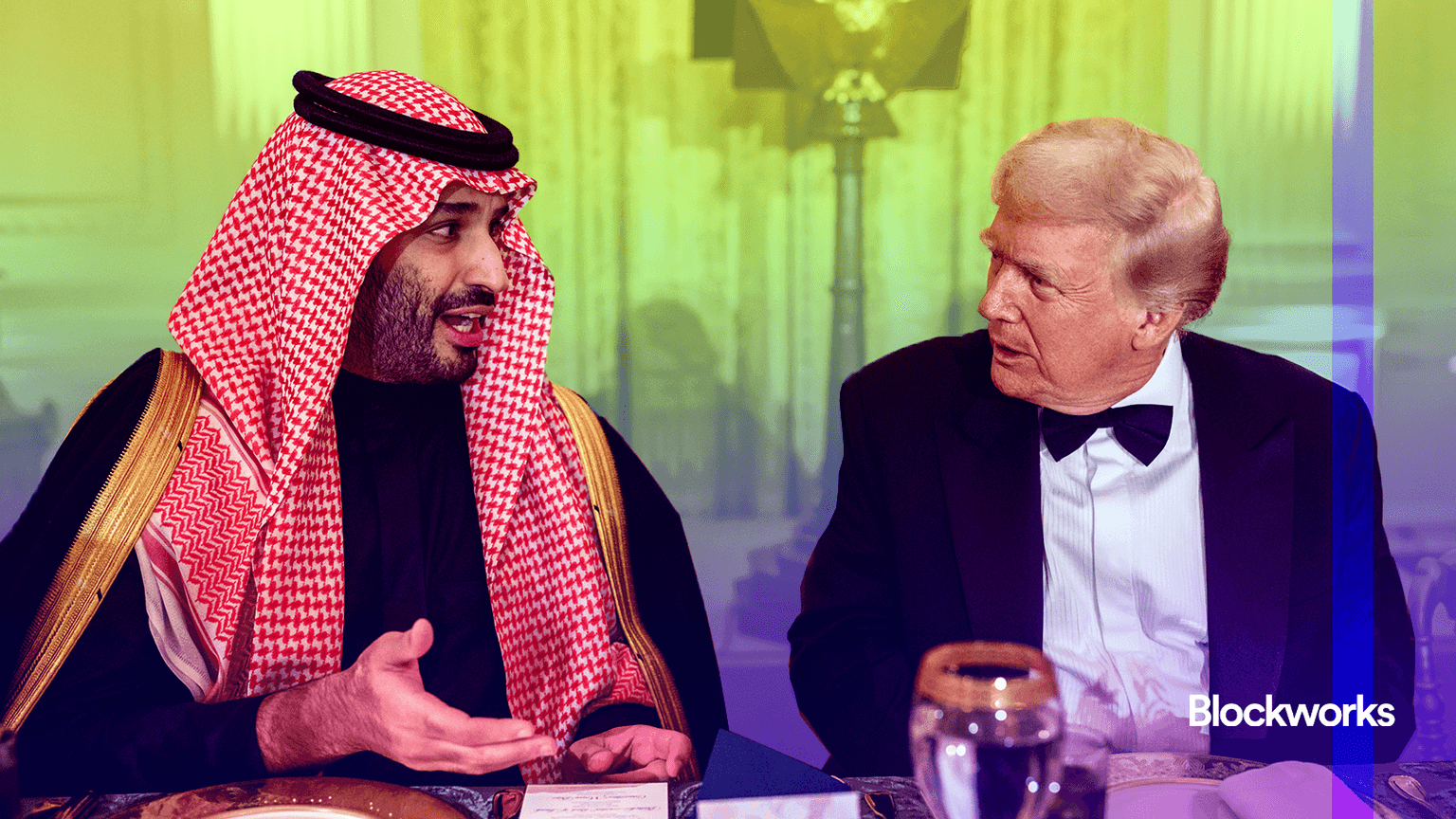Starknet bids to make bitcoin productive with new BTCfi push
Layer-2 zk rollup rolls out staking and incentives to lure wrapped bitcoin for holders in search of yield

Polinmrrr/Shutterstock modified by Blockworks
Starknet is stepping up efforts to attract bitcoin onto its layer-2 network. It’s rolling out a 100 million STRK incentive program alongside new staking mechanics in hopes to position the rollup as bitcoin’s “execution layer.”
The campaign, branded BTCFi on Starknet, comes as rival projects Babylon and Botanix pitch their own competing models for putting idle BTC to work. Babylon channels bitcoin into securing external proof-of-stake chains, while Botanix earlier this month launched stBTC, a vault that redistributes half of its gas fees — paid in bitcoin — directly to users.
Starknet’s pitch is different, according to Tom Brand, StarkWare’s head of product. Bitcoin stakers will help secure the rollup itself.
Read more: Botanix launches stBTC to deliver Bitcoin-native yield
“Babylon focuses on staking BTC to secure external [proof-of-stake] chains, and Botanix builds an EVM chain on Bitcoin,” Brand told Blockworks. “Starknet, by contrast, lets BTC directly secure a real, high-throughput zk rollup with active DeFi and BTCFi use, so staked Bitcoin underpins real economic activity, not just theoretical security.”
For now, however, Starknet staking relies on wrapped assets such as tBTC, LBTC, WBTC and SolvBTC rather than native bitcoin. That means users gain exposure via smart contracts on Starknet, but custody ultimately depends on the safety of wrapper infrastructure and cross-chain bridges.
“Staking is ‘trustless’ in the sense that users retain control via smart contracts on Starknet and do not hand BTC to a centralized custodian,” Brand said, acknowledging the “BTC is wrapped and bridged, introducing trust assumptions tied to the wrapper infrastructure and the bridge itself.”
There are other caveats. Unlike proof-of-stake systems where validators risk losing funds if they misbehave, Starknet’s BTC staking has no slashing mechanism today. “The architecture allows for slashing to be added in the future, but none is active now,” Brand said.
That hasn’t stopped Starknet from leaning into the bitcoin momentum. The Starknet Foundation’s six-month incentive program is meant to seed early liquidity around lending and yield strategies. Brand called it “a flywheel effect, helping with the most important use cases for bitcoin, lending and yield, and there to create momentum that will be self-sustaining.”
Botanix turns network usage itself into yield with sBTC. Users deposit bitcoin into a permissionless ERC-4626 vault on the Botanix EVM chain and receive stBTC, whose value rises due to the 50% of Botanix gas fees (paid in BTC) which are automatically redistributed to holders. Redemption is on-demand with no lockups, and the bitcoin is withdrawn back to Bitcoin directly, without relying on a centralized custodian or Ethereum.
Starknet in partnership with DeFi-native asset manager Re7 Capital, which curates many Ethereum DeFi vaults, will pursue yield through fund-style strategies (e.g., derivatives and curated DeFi) rather than protocol-level BTC fee flows.
Read more: Does Ethena portend a Symbiotic edge over Eigen?
The bigger bet with the growing BTCfi space is that bitcoin’s role as digital gold is insufficient; a meaningful percentage of BTC holders don’t want it to be merely a passive store of value but rather an active asset to deploy in crypto-native markets.
Whether holders will prefer Botanix paying out native bitcoin fees, Babylon selling security services to accrue fees in myriad tokens or Starknet staking its own claim for bitcoin DeFi at scale, remains to be seen.
Get the news in your inbox. Explore Blockworks newsletters:
- The Breakdown: Decoding crypto and the markets. Daily.
- 0xResearch: Alpha in your inbox. Think like an analyst.






